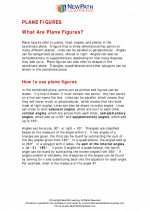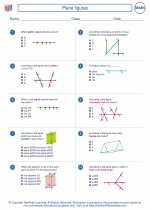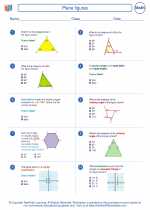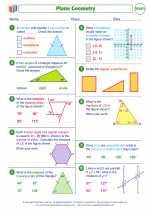Limits
When we talk about limits in mathematics, we are concerned with the behavior of a function as the input values get closer and closer to a certain value. This concept is crucial in calculus and is used to define derivatives and integrals.
Definition of a Limit
The limit of a function f(x) as x approaches a certain value, say c, is the value that f(x) approaches as x gets closer and closer to c. This is denoted as:
limx→c f(x) = L
Here, L is the limit of the function f(x) as x approaches c. It means that as x gets arbitrarily close to c, the values of f(x) get arbitrarily close to L.
Finding Limits
There are various techniques to find the limit of a function. Some common methods include:
- Direct Substitution: If the function is defined at the value of x we are approaching, we can simply substitute the value and find the limit.
- Factoring and Cancelling: Sometimes, factoring the function or simplifying it allows us to cancel out common terms and find the limit.
- Using Special Limits: Knowing the special limits of certain functions (like trigonometric functions) can help in finding the limit.
- Applying L'Hôpital's Rule: In some cases, when we encounter an indeterminate form (like 0/0 or ∞/∞), we can use L'Hôpital's rule to find the limit.
Properties of Limits
Limits satisfy several important properties, such as:
- Sum/Difference Property: The limit of the sum or difference of two functions is the sum or difference of their limits, provided the individual limits exist.
- Product Property: The limit of the product of two functions is the product of their limits, provided the individual limits exist.
- Quotient Property: The limit of the quotient of two functions is the quotient of their limits, provided the denominator function's limit is not zero and both limits exist.
- Composition Property: The limit of a composite function is the limit of the outer function evaluated at the limit of the inner function, provided the limits exist.
Study Guide
When studying limits, it's important to practice a variety of problems to master the concept. Here are some tips for studying limits:
- Understand the definition of a limit and be able to interpret what it means for a function to approach a certain value.
- Practice finding limits using different methods, such as direct substitution, factoring, and special limits.
- Master the properties of limits and understand how they can be used to simplify limit calculations.
- Work on problems involving indeterminate forms and practice using L'Hôpital's rule to find limits.
- Apply limits to real-world problems and understand their significance in calculus and other areas of mathematics.
By understanding the concept of limits and practicing different types of problems, you can gain a solid foundation in calculus and mathematical analysis.
[Limits] Related Worksheets and Study Guides:
.◂Math Worksheets and Study Guides Eighth Grade. Plane figures

 Worksheet/Answer key
Worksheet/Answer key
 Worksheet/Answer key
Worksheet/Answer key
 Worksheet/Answer key
Worksheet/Answer key
 Worksheet/Answer key
Worksheet/Answer key
